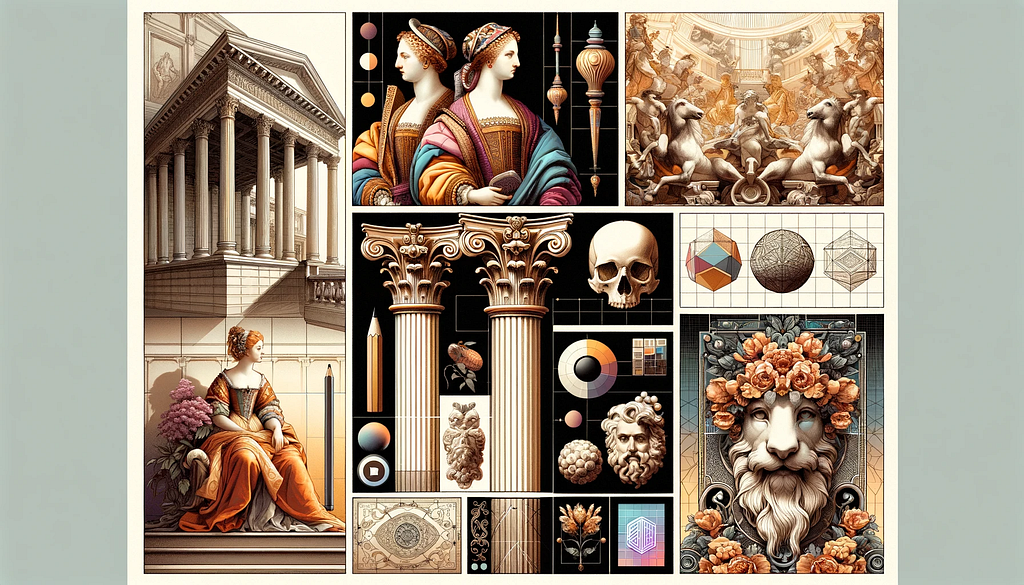
The intersection of classical art and modern design forms a fascinating confluence of aesthetics and ideas. Classical art, encompassing the works from Ancient Greece and Rome through the Renaissance, has left an indelible mark on modern design principles and practices. This article delves into the ways in which the timeless elements of classical art continue to influence modern design, from architecture to fashion, and from graphic design to digital media.
Classical Foundations in Modern Architecture
One of the most visible influences of classical art on modern design is in the realm of architecture. The use of columns, pediments, and symmetrical forms derived from ancient Greek and Roman structures is evident in many contemporary buildings. For instance, the neoclassical architecture of the White House in Washington D.C. and the Panthéon in Paris are testaments to the enduring legacy of classical design principles. Modern architects often incorporate these elements to evoke a sense of grandeur and timelessness.
Renaissance Echoes in Fashion Design
Fashion design also bears the hallmarks of classical influences, particularly from the Renaissance period. Designers like Dolce & Gabbana and Alexander McQueen have often drawn inspiration from the rich fabrics, intricate patterns, and silhouette styles of Renaissance attire. The emphasis on proportion, balance, and harmony, key principles in classical art, are recurrent themes in high fashion collections.
Graphic Design and Classical Symmetry
The principle of symmetry, a core aspect of classical art, plays a critical role in modern graphic design. Brands often use symmetrical layouts and proportions to create logos and branding materials that convey stability and elegance. Apple’s logo, for instance, is a prime example of how symmetry derived from classical principles can be applied to create an impactful and timeless design.
Digital Media and Classical Storytelling
Classical art is not just about visual elements; it also encompasses storytelling methods that have influenced modern digital media. The narrative structures developed in ancient Greek plays and Renaissance literature continue to shape the narratives in modern cinema, video games, and virtual reality experiences. The hero’s journey, a story template derived from classical mythology, remains a popular framework in contemporary storytelling.
Sculptural Forms in Product Design
Modern product design often mirrors the sculptural techniques of classical art. The smooth lines and proportionate forms seen in products like the Eames Lounge Chair or the iPhone are reminiscent of the balance and harmony found in classical sculptures. These products are not just functional; they are designed to be aesthetically pleasing, much like the sculptures of ancient Greece and Rome.
The influence of classical art on modern design is both profound and pervasive. From the grand structures of modern architecture to the elegant simplicity of product design, the principles of balance, symmetry, and proportion derived from classical art continue to resonate in contemporary design. This enduring legacy reflects a deep-seated appreciation for the aesthetics and ideas of classical art, underscoring its timeless relevance in the ever-evolving world of modern design.
Exploring the Timeless Influence of Classical Art on Modern Design was originally published in Educartion on Medium, where people are continuing the conversation by highlighting and responding to this story.